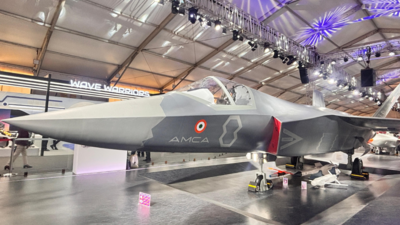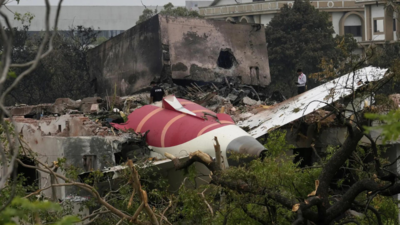India kicks off much-needed review of arms procurement procedures | India News

NEW DELHI: India has kicked off the much-needed comprehensive review of its cumbersome defence acquisition procedure (DAP) of 2020, with the aim to slash timelines in procurement of weapon systems and platforms as well as promote self-reliance in design, development and production with greater private sector participation.The defence ministry on Thursday said a committee headed by additional secretary and director general (acquisition) Dipti Mohil Chawla, which includes senior officers and representatives from the industry and academia, has already begun consultations with all stakeholders. Former health and I&B secretary Apurva Chandra, who had a stint as the DG (acquisition) in MoD, is the principal advisor to the committee. “The panel has invited suggestions from stakeholders on various fronts, including procedural changes to streamline the acquisition processes, by July 5,” an official said.The aim of the DAP review is to meet the operational requirements and modernisation of the armed forces “in a timely manner to ensure national security” and align acquisition procedures with govt policies to achieve “atmanirbharta” (self-reliance) by promoting technology infusion through indigenously designed and developed systems.“The ‘Make in India’ policy also needs to be enabled by promoting defence manufacturing in India through facilitation of JVs and transfer of technology for the private sector, encouraging foreign arms manufacturers via FDI alignment, and establishing a global defence manufacturing and MRO hub here,” he said.“The idea is also to promote design and development in both public and private sectors, with a focus on start-ups, innovators, and the private defence industry for indigenous technology infusion,” he added.At present, it often takes several years after a case gets the initial `acceptance of necessity’ (AoN), which is followed by the floating of the initial tender or the RFP (request for proposal), field trials, commercial evaluation and the like, before the final contract is anywhere close to being inked.Defence secretary Rajesh Kumar Singh recently said that the timelines for some of the processes in the procurement cycle have already been slashed, which would save around 69 weeks overall.“There is a need to shift away from the traditional nomination based cost-plus procurement focused mostly on the public sector to a more competitive pricing model where both the public and private sector can compete for orders. This approach is already being implemented for ship-building and recently for the AMCA (advanced medium combat aircraft or the fifth-generation fighter) project,” he said.The MoD in the 2024-25 fiscal completely utilised the defence modernisation budget for the first time in the last five years. Moreover, contracts worth Rs 2 lakh crores were inked, which is the highest ever and double that of the figures in 2023-24, he added.The AMCA project, for one, certainly needs to be majorly fast-tracked after the defence ministry last month finally approved a new “programme execution model” for prototype development, with greater private sector participation. Pakistan is on course to acquire at least 40 J-35A fifth-generation jets from China, which is now even flaunting sixth-generation prototypes with tailless airframes like Chengdu J-36 and Shenyang J-50, as reported by TOI earlier.The long meandering developmental history of the fourth-generation Tejas, which began way back in 1983, cannot be repeated. The IAF is still waiting to get the first Tejas Mark-1A `improved’ fighter. Similarly, indigenous development of 110 Kilonewton engines, with or without foreign collaboration, to power the AMCA is critical. The IAF is currently grappling with just 30 fighter squadrons (each has 16-18 jets) when 42.5 are authorised.





